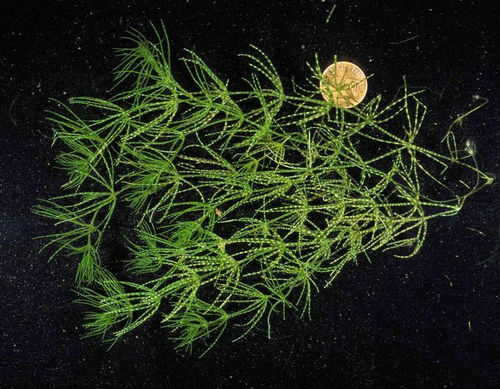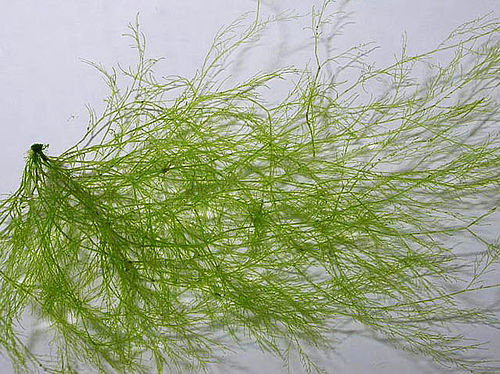Difference between revisions of "Algae and Aquatic Macrophytes"
From Glen Canyon Dam AMP
Cellsworth (Talk | contribs) |
Cellsworth (Talk | contribs) |
||
| Line 69: | Line 69: | ||
'''2012''' | '''2012''' | ||
*[http://www.gcmrc.gov/about/foodbase/Hall%20et%20al.%202012.pdf Hall et al. 2012. Air-water oxygen exchange in a large whitewater river. Limnology and Oceanography: Fluids and Environments 2: 1-11. ] | *[http://www.gcmrc.gov/about/foodbase/Hall%20et%20al.%202012.pdf Hall et al. 2012. Air-water oxygen exchange in a large whitewater river. Limnology and Oceanography: Fluids and Environments 2: 1-11. ] | ||
| + | |||
| + | '''1991''' | ||
| + | *[https://www.gcmrc.gov/library/reports/gces/Blinn1991.pdf Algal and Invertebrate Biota in the Colorado River: Comparison of Pre- and Post-Dam Conditions] | ||
'''1988''' | '''1988''' | ||
Revision as of 09:50, 4 April 2017
|
|
Algae and Aquatic Macrophytes below Glen Canyon DamPrimary production from algae represents the base of food webs in many rivers, and dissolved oxygen is a by-product of primary production. By developing detailed dissolved oxygen budgets for a river reach, which account for rates of air-water gas exchange, it is possible to estimate rates of primary production for entire reaches of river. GCMRCs Sediment Transport Group is continuously measuring dissolved oxygen concentration at 5 locations downstream of Glen Canyon Dam. In collaboration with Robert Hall and Robert Payne, the Aquatic Ecology Group is developing models for continuously estimating rates of primary production of the Colorado River in Glen, Marble, and Grand Canyon. [1] |
| -- |
-- |
-- |
|---|
|
|

